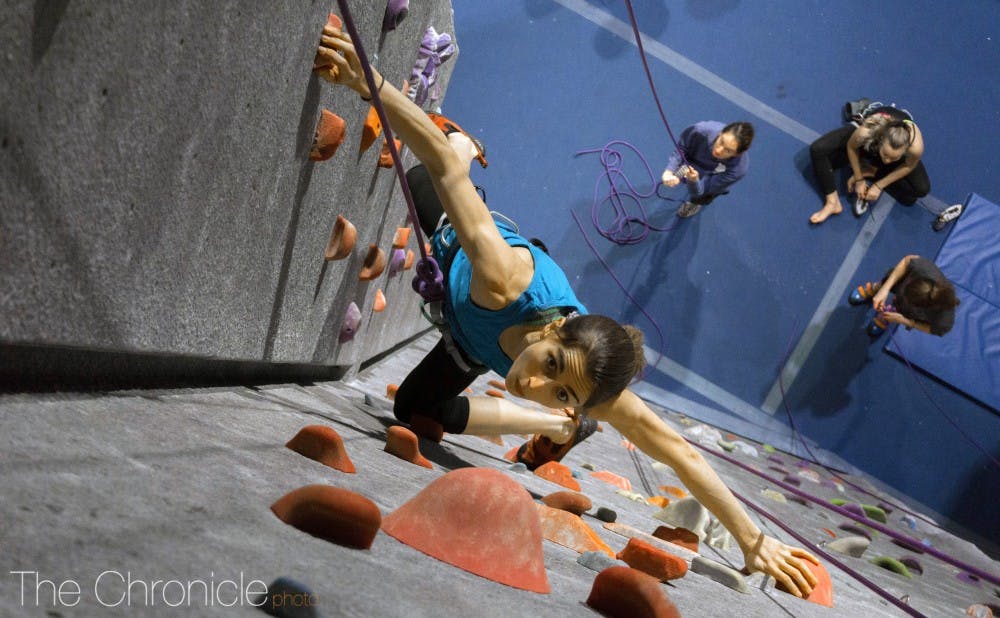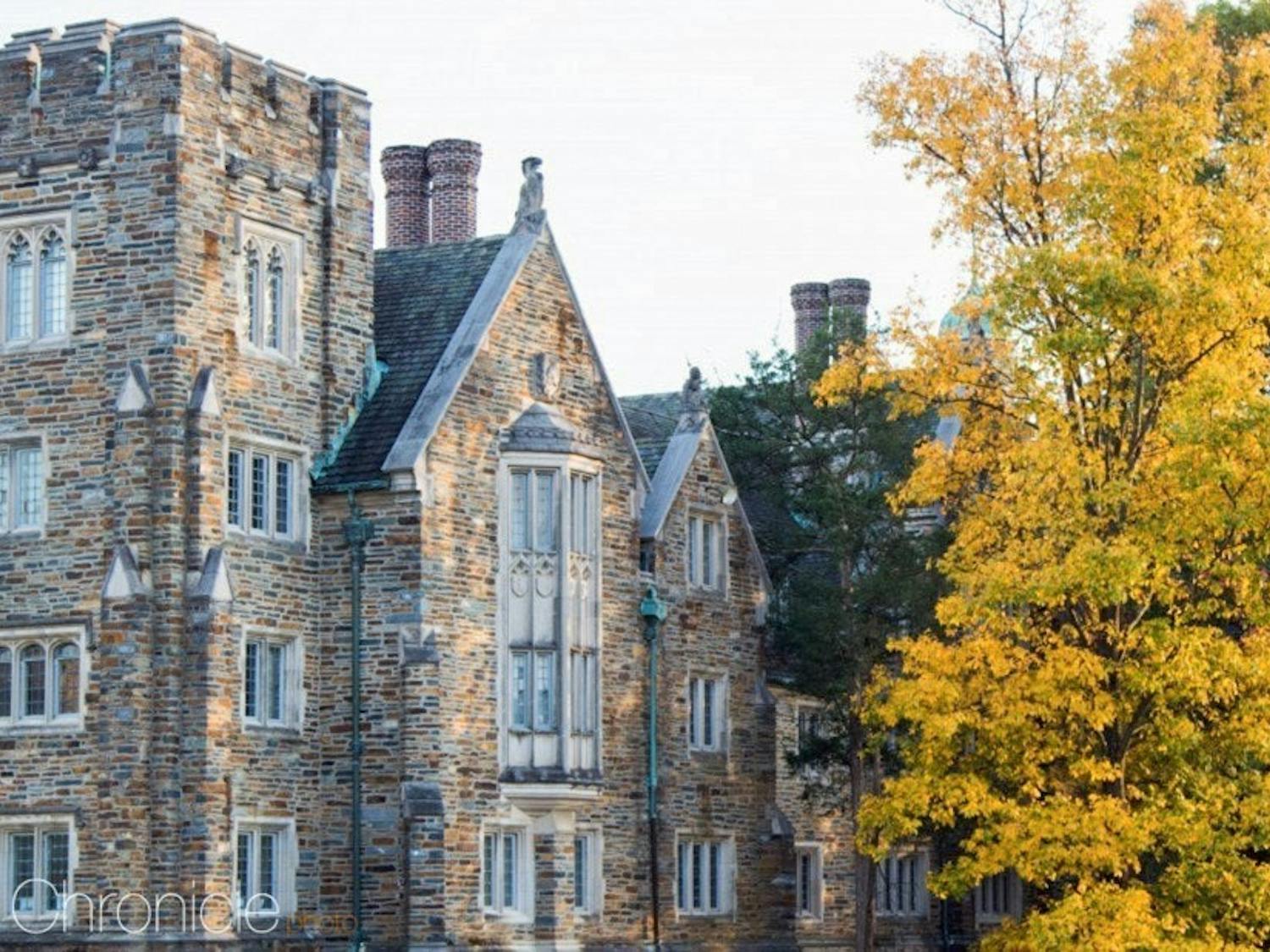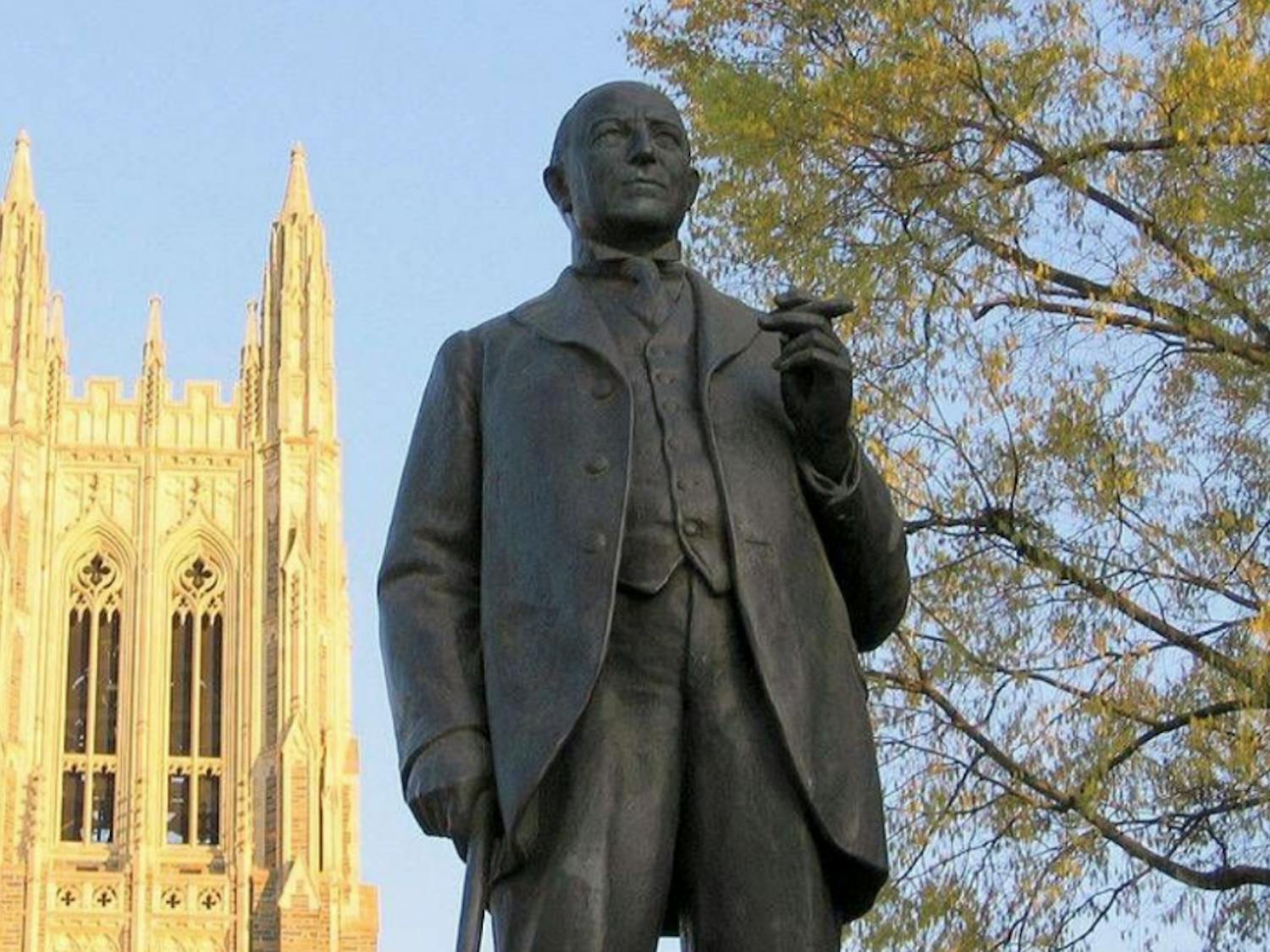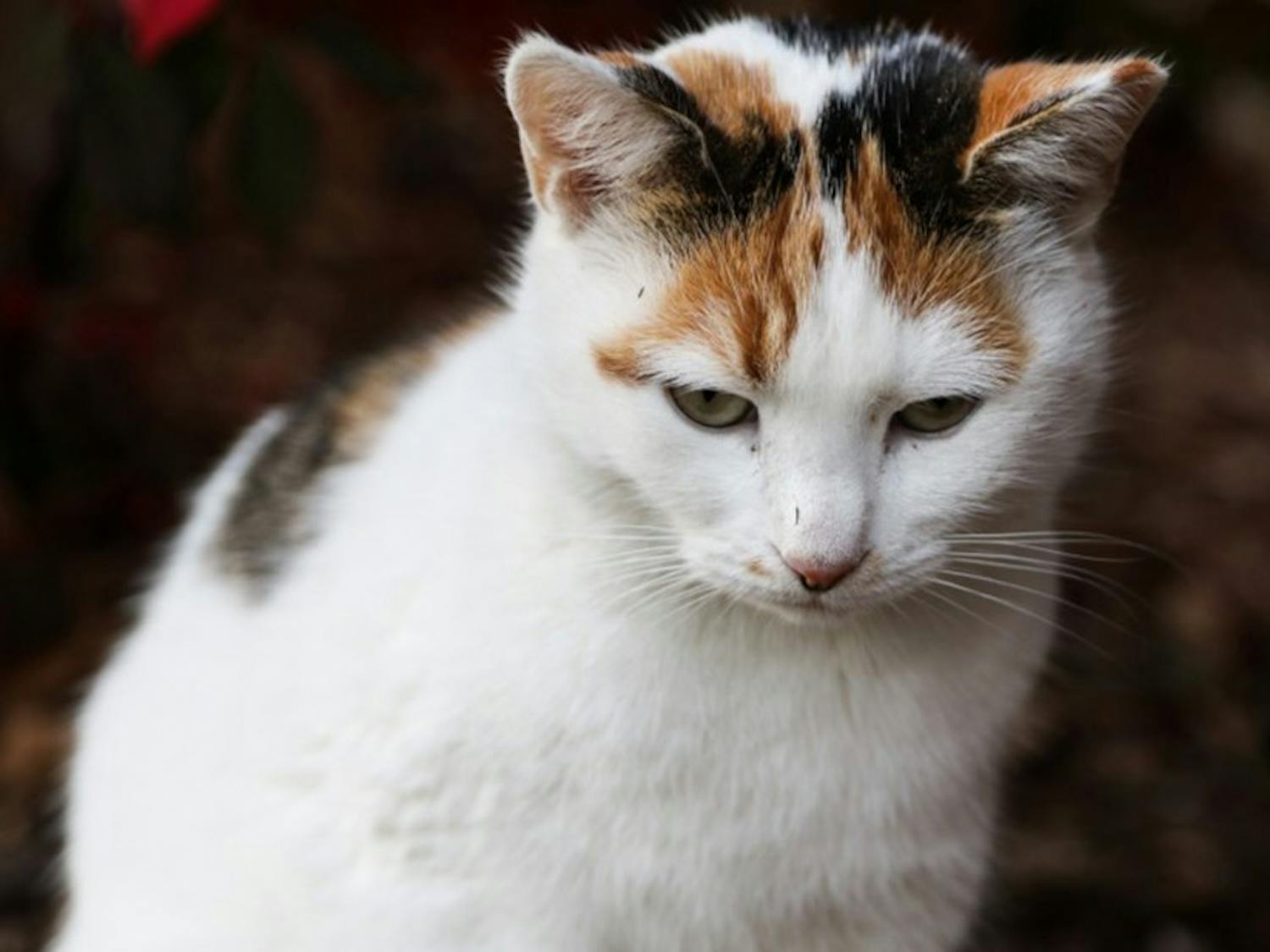There’s a team of route-setters that arrange the blobs of plastic to make creative mental and physical problems to solve, and McCurry’s routes have a theme this semester: dating websites. The pink 5.10a “Crimpin’ Mingle” and 5.10b “Match.com” are Meryl’s creations. The blobs are called holds and the climbing routes are color coded and labeled with levels of difficulty from 5.5-5.13, with each level exponentially more difficult.
For instance, 5.13 is much harder than 5.5. A crimp is a strained hold that requires you to hold your weight with only your fingertips. Match is a move where you match your hands or feet on the same hold.
“[Climbing] is a physical brain teaser,” McCurry said. “Route-setting is like choreographing a dance. You think about the general movements, you have an idea of the flow, and it’s not until you actually get there and start performing the moves that you know exactly how it will flow.”
McCurry described climbing as one of the few things through which she finds her state of flow where she is completely focused and present. And there’s always more to discover in climbing—from indoor to outdoor to sport to trad to multi-pitch to alpine to mountaineering to ice climbing.
“Each next step I take in climbing, I’m like 'how did I call myself a climber before this?'” McCurry said. “It’s always this imposter syndrome.”
She said she thinks climbers at the wall are like tenters in K-Ville.
“That’s how the climbing wall sometimes feels to me,” McCurry said. “We have our own group of climbing wall crazies.”
When sophomore Natalia Androsz—an ECE/CS major, linguistics minor and never-before athlete—first joined the OA staff, she was intimidated by the cliquey-ness of OA, “especially the [Project Wild] people." At her first staff meeting, everyone seemed to know each other and were chatting, but she only knew three people there from an OA backpacking trip.
“I thought, it’s just gonna be another group where I can’t make friends with anyone,” Androsz said. “I’d never been to this part of the gym. I was afraid to be such an amateur. There’s a perception that it’s an exclusive group, but I found that it was very inclusive, and I’ve been able to make friends and acquaintances.”
A peer advisor and resident assistant in Southgate Dorm, Androsz is a dual citizen of Poland and the United States, and is from Brookfield, Connecticut.
“There’s exactly one brook and one field,” Androsz joked about her hometown.
She’s planning on taking a National Outdoor Leadership School course in Patagonia next year before her study abroad in Chile. During her senior year of high school, Androsz and her best friend Julia traversed Northern Spain hiking the Camino and spent most of her summers growing up in Poland.
She said that she struggled a lot during her first year of college because even though she had great close friends, she didn’t feel like she had a community. Now, she is a part of this “awesome and friendly” climbing community.
“I never felt bad that I didn’t know [climbing] terms,” Androsz said. “People were throwing out beta, arête and send, and I did not know any of those words meant. I asked, people were super nice and said ‘I’m sorry, I say these words so much that I forget that people don’t know what they mean.'”
She noted that she likes seeing people return to the climbing wall and watching them improve.
"By nature, climbing is a partner sport," she said. "You need someone to hold the other end of your rope. There’s such a cool bond made just belayer to climber.”
For sophomore Ake Kankirawatana, his introduction to climbing was during a freshman fall break trip. It was a 5.6 climb.
“It was weird, it was awesome,” Kankirawatana said.
He started coming to the Wilson wall every day during freshman year.
“I was decent at it which was pretty cool,” Kankirawatana said. “There was a natural progression. I fell really in love with it, just being at the wall. Sometimes I’ll come the Wilson wall and just do homework to be near the rock wall. It has a certain vibe to it.”
Growing up, Kankirawatana did “stints of soccer, swimming, fencing and all that jazz," but never considered himself an athlete.
“My life at Duke wouldn’t be my life at Duke at all [if there was no climbing wall],” Kankirawatana said.
P-Wild, Outing and OA make up his social life, he said. He described the wall as a sense of familiarity, peace and intimacy and P-Wild as family.




